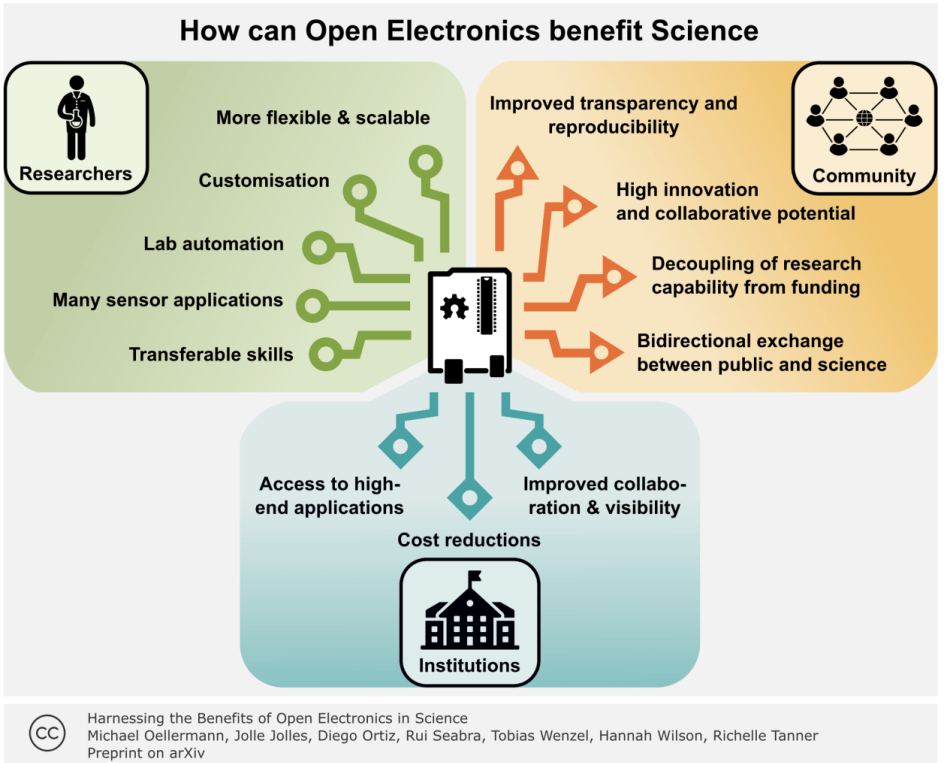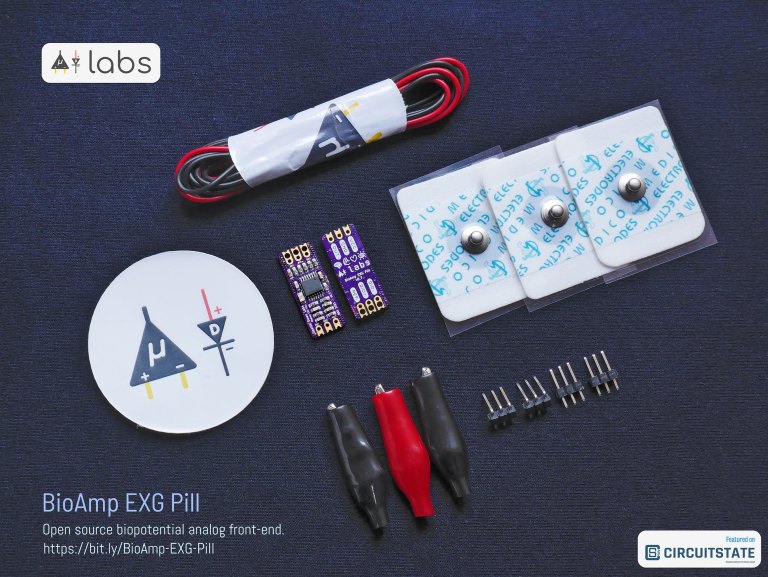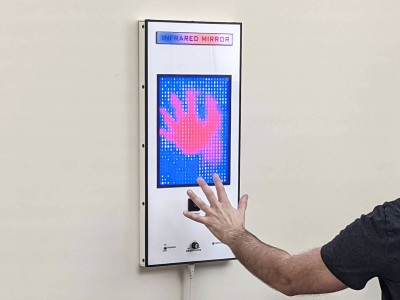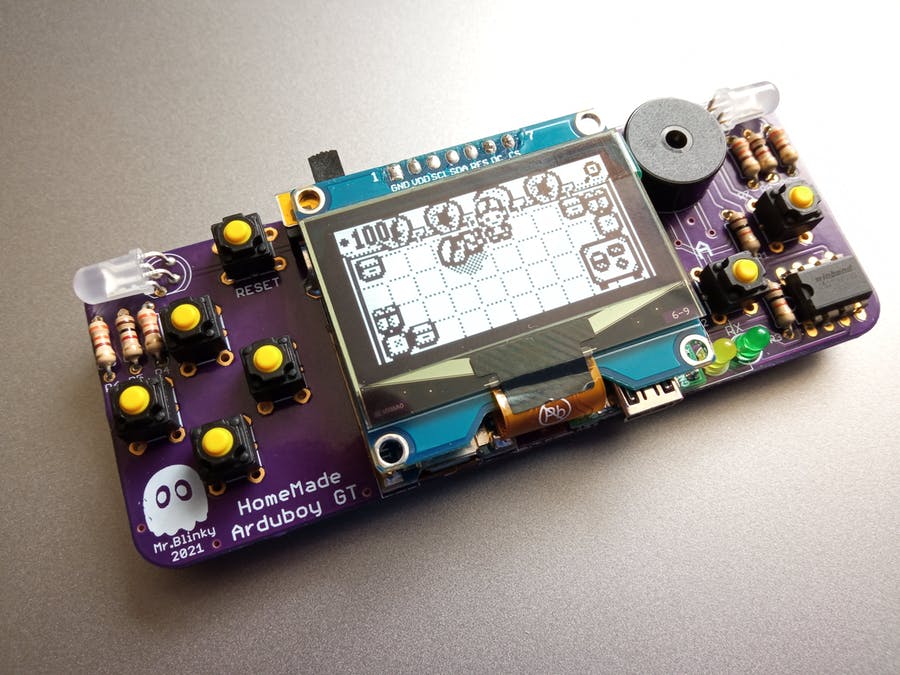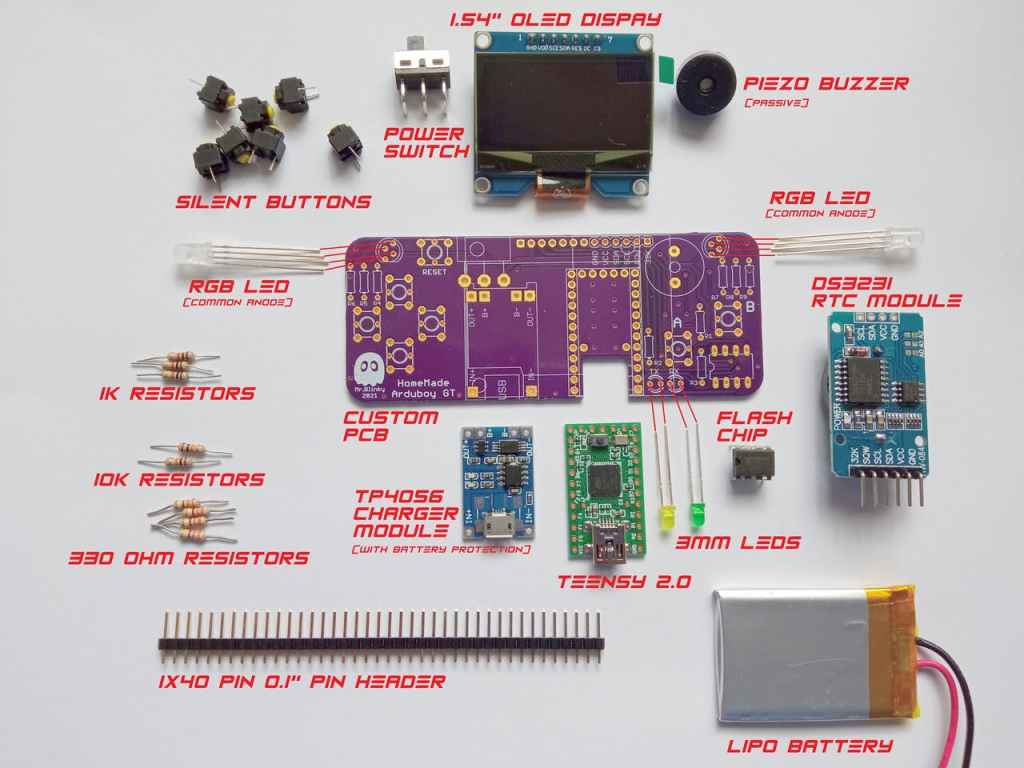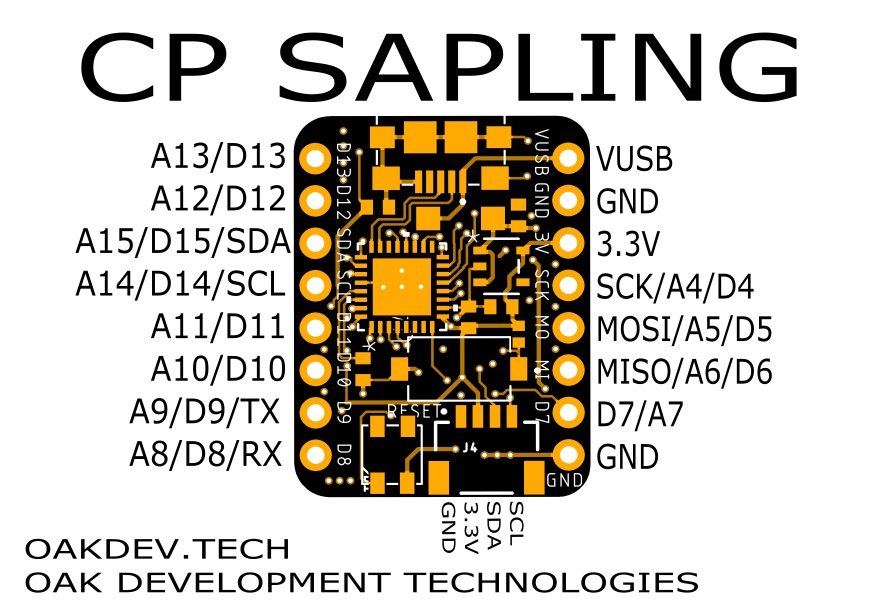Great set of talks from Javier Serrano of CERN, Rick O’Conner of OpenHW Group, Calista Redmore of RISC-V International, and more:
One of the most advanced areas in Open Hardware is open chips, a critical dependency for the European Union. Open chips have the potential to be beneficial in terms of their adaptability, speed and potential for increasing digital sovereignty in several sectors, including automotive industry, edge computing, data storage solutions, aerospace, energy or health.
By drawing lessons from Open Source Software, Europe can realise vast value from Open Hardware for its economy and citizens. There is a need for more debate on opportunities and challenges of Open Hardware, its potential for scaling up and supporting more collaborative and open infrastructure underlying all other layers of the digital ecosystem we know.


